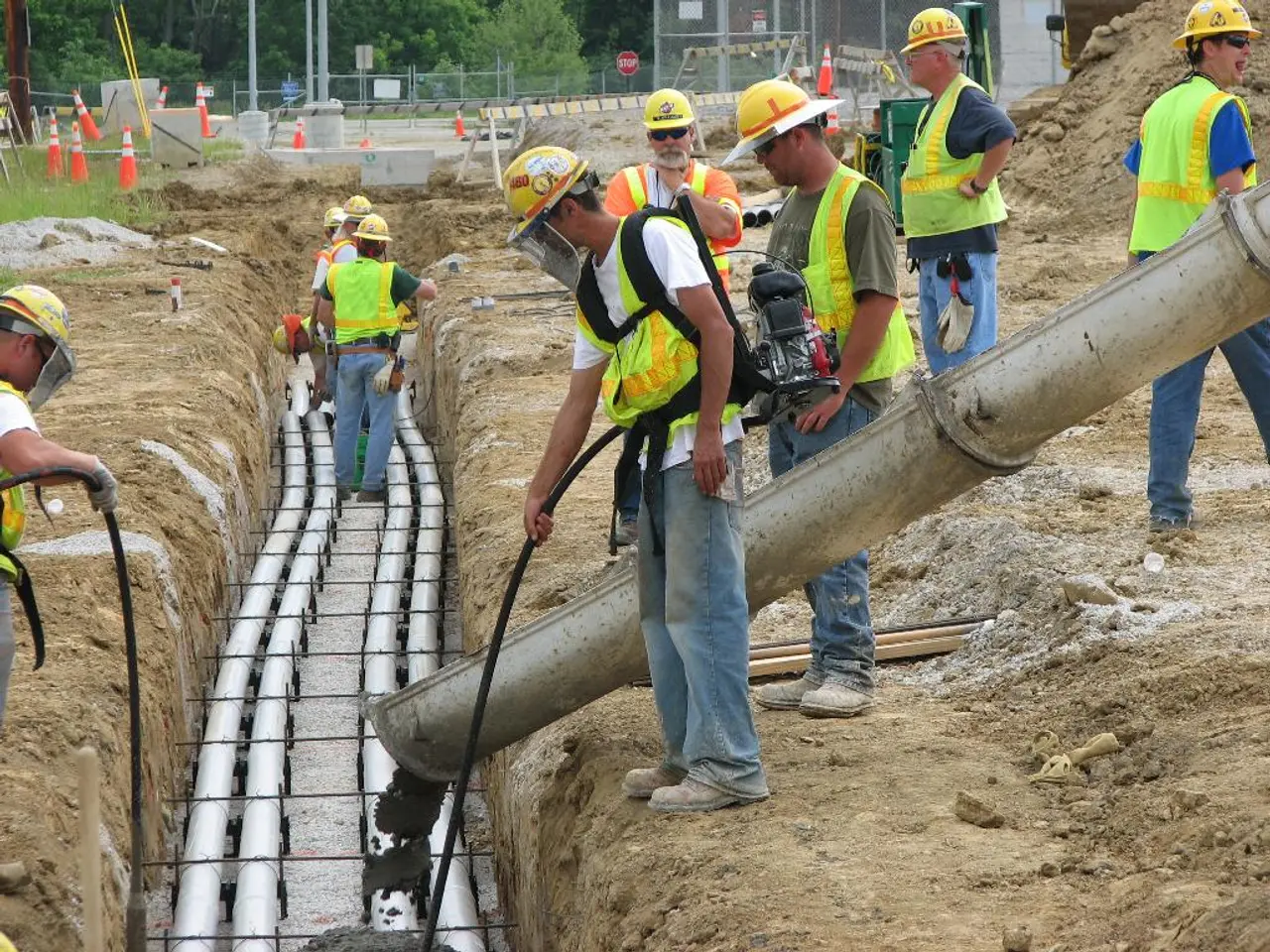Enhancements to the Building Safety Bill by the government intensify the burden on the construction sector
In a significant move to ensure the safety of residential buildings, the Building Safety Act was published on 21st February 2022. Under this legislation, developers and associated entities bear primary financial responsibility for remedial works in medium-risk buildings, with the law strongly enforcing this principle retrospectively.
The Court of Appeal has confirmed that it is "just and equitable" for developers or their associated companies to pay for remediation if they can afford it, overriding reliance on public funding such as the Building Safety Fund. This principle applies even to costs incurred before the Building Safety Act came into effect on 28th June 2022. Leaseholders are protected from bearing these costs through service charges if the developer retains an interest in the building.
For resident leaseholders owning their building (resident-owned buildings) experiencing funding issues, the structure of the Building Safety Act protects them insofar as service charges for historic or remedial works cannot be levied if a developer or associated party can be held responsible. However, practical difficulties arise when funding from developers is unavailable, and public funding has to intervene.
Recent amendments to the Building Safety Bill propose that developers, manufacturers, and building owners pay for safety work. Developers may face higher rates for the building safety levy if they do not agree to contribute to remediation costs. Anti-avoidance provisions will be used to look at other entities connected to the building owner.
However, the amendments do not address the issues faced by leaseholders in resident-owned buildings where they are both owner and occupier. The government may block developers and construction product manufacturers that refuse to contribute to remediation costs.
The scope of remedial works is unique to each building and the tenant mix varies significantly. In instances where neither the building owner nor the leaseholders have the necessary funds to undertake the remedial works, even with a contribution from the Building Safety Fund, the situation remains complex.
For more information, the government's Build Safe Live Safe series provides detailed guidance on these matters. It is crucial for all parties involved to understand their responsibilities and rights under the Building Safety Act to ensure the safety and wellbeing of residents in medium-risk buildings.
[1] Building Safety Act 2022 [2] Court of Appeal ruling on cladding costs [3] Government warning to developers about funding remedial works [4] Building Safety Act: Schedule 8 provisions
- The Building Safety Act 2022, in conjunction with the Court of Appeal ruling, mandates developers and associated entities to cover the costs of remediation for medium-risk buildings, even retroactively, aiming to prevent reliance on public funding such as the Building Safety Fund.
- Political debate surrounding the building industry's finance and business practices has intensified, as the government considers measures to ensure developers and manufacturers contribute to remediation costs for high-risk buildings, as proposed in the amended Building Safety Bill, with the goal of addressing 'general-news' concerning safety issues in residential buildings.




